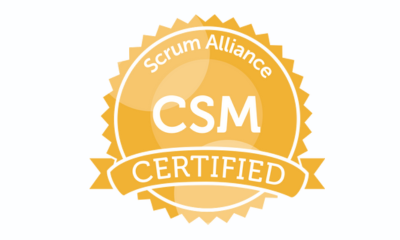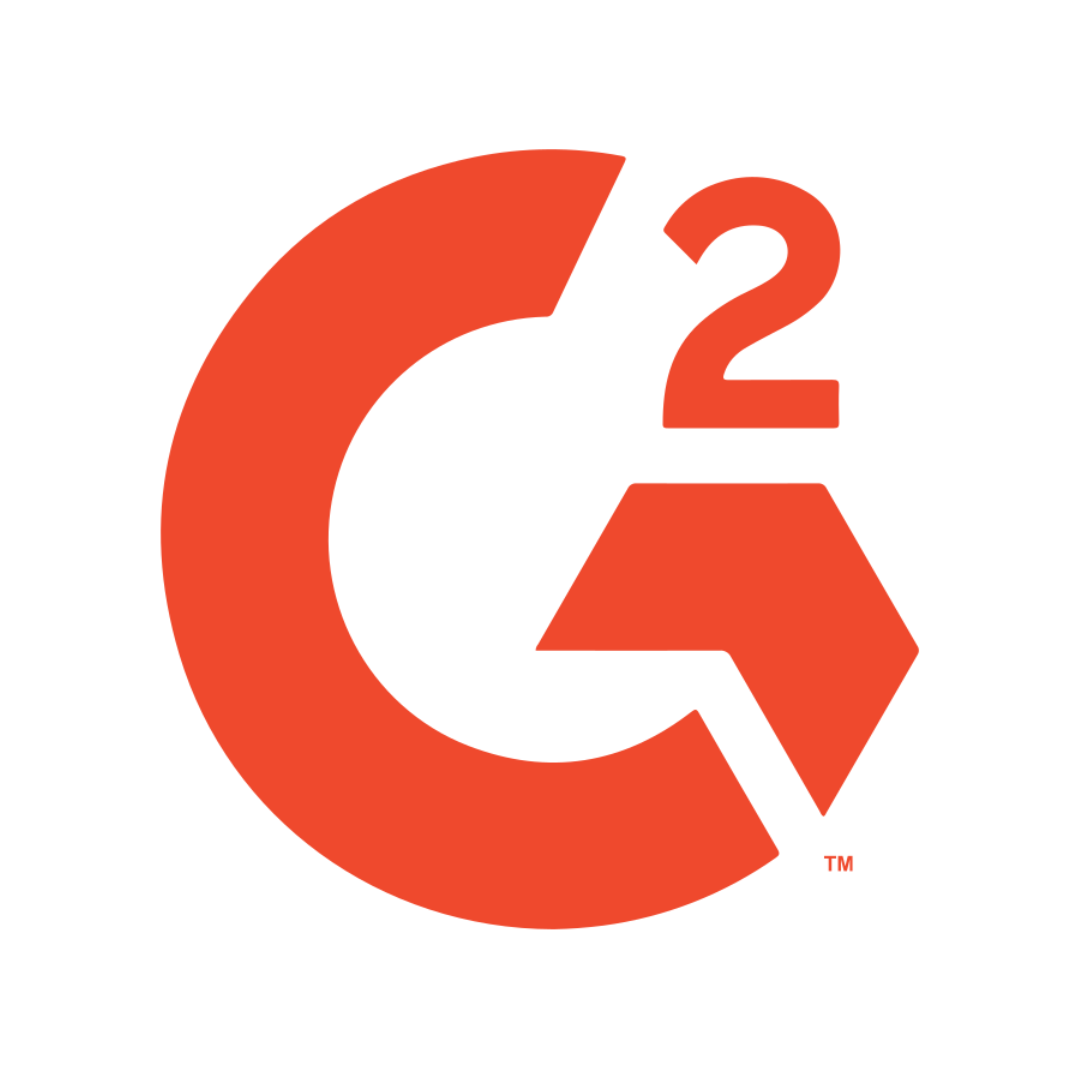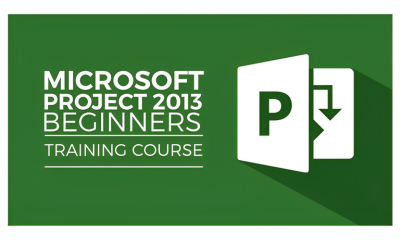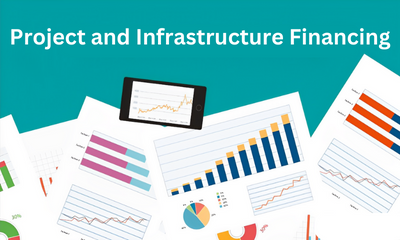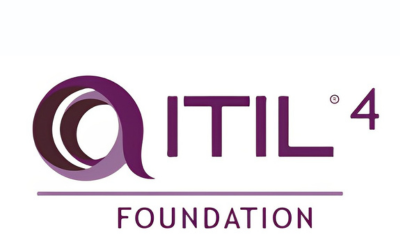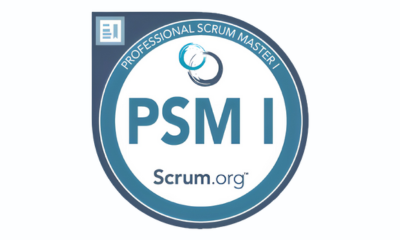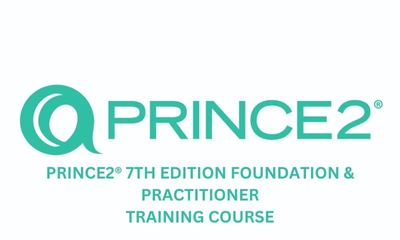The Certified Scrum Master® (CSM) certification course will prepare you to become a certified ScrumMaster by providing a complete introduction of the Scrum framework for agile project management. You'll discover the fundamentals of Scrum and the Scrum lifecycle, how to establish a Scrum team and start a project, and how to put Scrum into action, from releases and sprints through corporate transformation. This two-day Certified Scrum Master® (CSM) course will provide you with new employment prospects in a variety of industries. Together with this course, you will have access to three free complementary courses:
Microsoft Project Training
Six Sigma Green Belt Certification Training
Cloud Fundamentals


